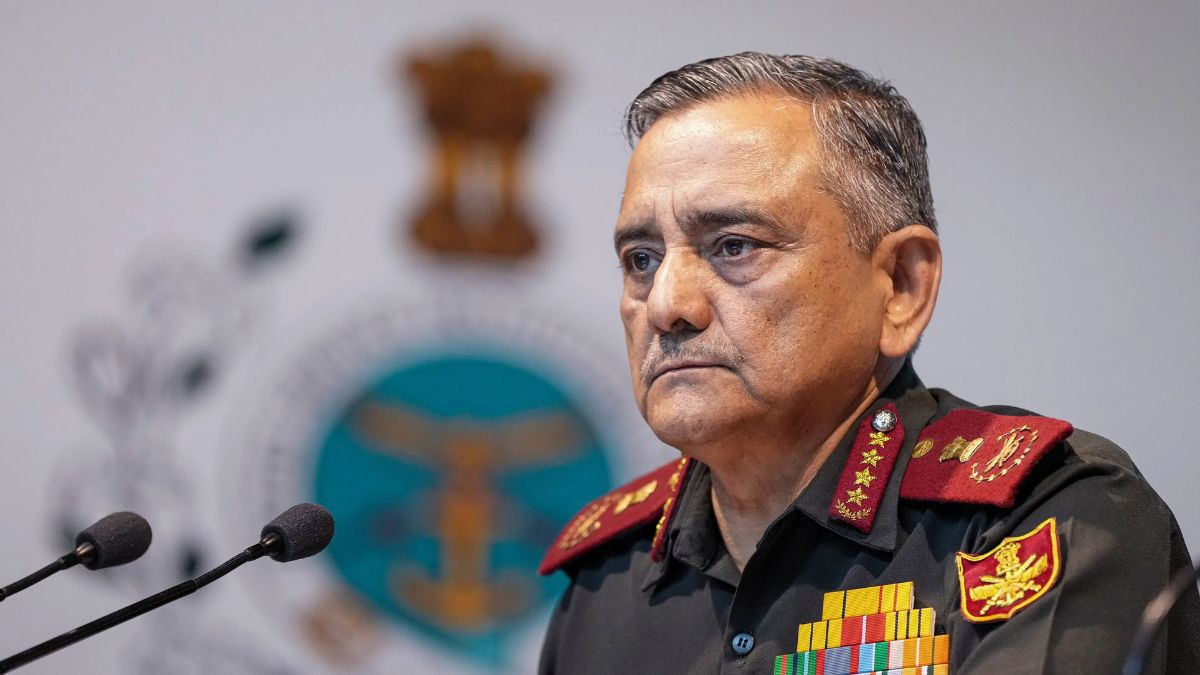

Operation Sindoor has drawn a "new red line" against terrorism, according to Chief of Defence Staff (CDS) General Anil Chauhan. Speaking at the Shangri-La Dialogue in Singapore on May 31, 2025, General Chauhan expressed hope that the operation has conveyed a clear message to India's adversary about the limits of its tolerance. The operation was launched in response to the April 22 Pahalgam terror attack that resulted in the deaths of 26 people.
General Chauhan emphasized that India has been subjected to a proxy war of terror for over two decades and wants to put an end to it. He stated that India has drawn a new red line of intolerance against terror, and he hopes that Operation Sindoor will bring about some lessons for our adversary, helping them understand the limit of India's tolerance.
Prime Minister Narendra Modi has also asserted that India will respond decisively to every act of terrorism, regardless of its origin. He outlined three principles guiding India's counter-terrorism approach: a befitting reply to every terrorist attack with the timing and method determined solely by the armed forces, no intimidation by nuclear threats, and equal resolve in treating the masterminds of terror and the governments that support them. Modi affirmed that "Operation Sindoor" is ongoing.
Operation Sindoor involved strikes against nine terror infrastructures in Pakistan and Pakistan-occupied Kashmir (PoK). According to reports, Indian forces used SCALP/Storm Shadow air-launched cruise missiles and HAMMER (Highly Agile Modular Munition Extended Range) air-to-ground precision-guided munitions. These strikes were described as precision-based, non-escalatory, and collateral damage-averse.
CDS Chauhan highlighted the challenges of modern warfare, including disinformation. He noted that approximately 15% of the armed forces' resources during Operation Sindoor were allocated to combating fake news and misleading narratives. The communication strategy was deliberate and measured, avoiding reactive responses that could distort public perception.
The operation was described as "non-contact" and "multi-domain," utilizing not only traditional military action but also cyber capabilities, intelligence, and disinformation management. It involved coordination across land, air, sea, and cyber domains, reflecting the convergence of tactical, operational, and strategic layers in modern warfare.
While initial reports suggested a swift victory, CDS Chauhan admitted that India suffered losses in the air during the early stages of the operation. However, tactical mistakes were quickly identified and rectified, leading to successful long-range strikes against Pakistani air bases. He emphasized that understanding the reasons behind any losses was more important than the number of aircraft lost.
Operation Sindoor also highlighted India's focus on self-reliance in the defense sector. General Chauhan emphasized the use of indigenous systems and platforms, including the Akash missile system, and the development of India's own air defense networking infrastructure without dependence on foreign vendors.
The operation has prompted discussions on strategic stability in the India-Pakistan relationship. General Chauhan stated that it takes two hands to clap together, expressing hope that Pakistan understands this and that both countries can then look at things together.
Several analysts have noted that Operation Sindoor reflects an evolving Indian posture in addressing terrorist attacks, opting for high-intensity military responses. It also underscores India's commitment to imposing costs on adversaries and escalating responses as necessary in future scenarios.
In summary, Operation Sindoor represents a significant development in India's counter-terrorism strategy, signaling a new level of resolve and capability. The operation has drawn a clear "red line" against terrorism, and India hopes that its adversary understands the message. The focus on precision, self-reliance, and multi-domain capabilities reflects the changing nature of warfare and India's commitment to addressing future security challenges.